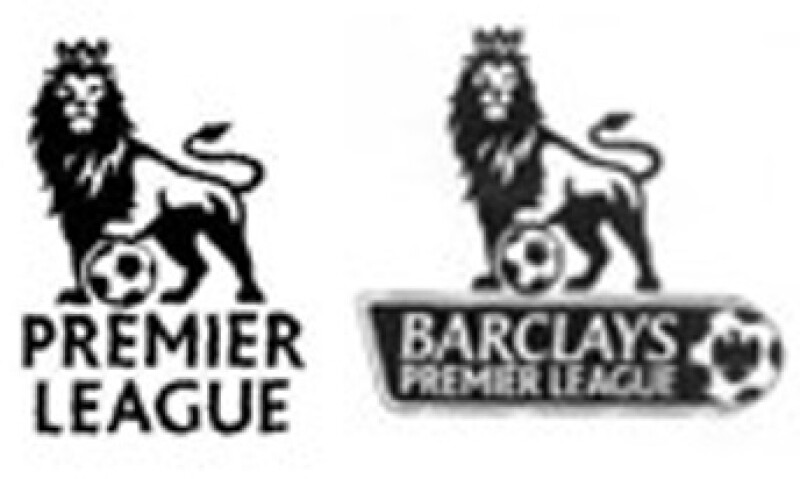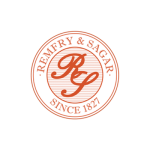The Football Association Premier League (the League) manages the Premier League – the pinnacle of the English football league system, comprising 20 clubs – and is responsible for organising matches between its members. The League filed a trademark application in India in Class 25 (No. 1489060 for clothing, headgear, footwear) to register its logo, below left, featuring the image of a lion with a crown atop a football along with the words “Premier League”.

The League had an existing Indian registration for the trademark, as shown, comprising the terms “Barclays”, “Premier”, and “League”, along with a device of a lion wearing a crown and standing atop a football.
When Barclays Bank ceased its sponsorship, per an understanding, the League retained the right to use the Premier League device without the term “Barclays”. It was on this account that it had filed the existing application.
Upon advertisement, this application was opposed by Premier SPG and WVG Mills Pvt. Ltd. (the appellants) – manufacturers, exporters, and marketers of garments, yarns, textiles, etc. – which claimed to have trademark registrations for ‘Premier’ and ‘Premier’ devices in several classes (albeit none in class 25, the class in question). They alleged that the League’s mark was phonetically, visually, structurally, and deceptively similar to their ‘Premier’ marks, which were allegedly conceived and adopted much earlier.
The registrar disagreed, rejecting the opposition on February 2 2023, and the League’s mark was allowed to proceed to registration. This occasioned an appeal to the High Court of Delhi by the appellants – Premier SPG and WVG Mills Pvt. Ltd. v Football Association Premier League Ltd. & Anr. C.A. – and led to an in-depth discussion on one of the pillars of trademark law, the anti-dissection rule.
In the appeal, the appellants claimed that they had prior rights in their ‘Premier' trademarks dating back to 1980, as opposed to the League’s application, which was filed in 2006 on a ‘proposed to be used’ basis. Furthermore, the dominant part of their trademark was “Premier” and, similarly, in the League’s mark, “Premier” was the only distinctive element, as the term “League” was common to sports and games. Furthermore, the League’s application was filed in class 25 – which covers clothes, garments, etc. – and the appellants’ business belonged to the same category, which would result in confusion among consumers.
On the other hand, the League argued that “Premier” was a generic word and no one could claim exclusive rights in the same. Several trademarks containing “Premier” already existed on the Trade Marks Register; thus, highlighting the concept of a crowded field, it furnished a search report listing a plethora of pre-existing registrations featuring the word “Premier” in class 25. Most importantly, it argued that there existed overall dissimilarity between the rival marks when compared as a whole.
The court’s conclusion
The court stated that two principles of trademark law came into play in such a situation – ‘the rule of anti-dissection’ and the ‘identification of dominant mark’ – and both could be applied harmoniously.
Since a typical consumer does not retain all the individual details of a composite mark but only takes away a general impression created by the composite as a whole, a holistic comparison must be undertaken in the case of rival composite marks. This is the anti-dissection rule. That said, where there are similarities and differences in the marks, it is not a violation of the anti-dissection rule to view the component parts (dominant and non-dominant) of both marks as a preliminary step on the way to an ultimate determination of probable customer reaction to the conflicting composites as a whole.
According to the court, prima facie there was no deceptive similarity between the two marks. The only commonality between them was the word “Premier”, which was an intrinsically weak trademark. The apellants had no registration for the word “Premier” per se and nor had they offered any evidence to demonstrate “Premier” had acquired a secondary meaning so as to be identified exclusively with their business. Also, they had not opposed the League’s earlier mark, ‘Barclays Premier League’, which had subsisted on the trademark register for nearly 10 years, a telling omission when it came to their claim of exclusive rights over ‘Premier’.
Analysing the rival marks as a whole, the court observed that the League’s mark had the word “Premier” suffixed by the word “League” and the device of a lion wearing a crown standing over a football. The appellants’ mark contained the device of a flower over the letter ‘i’ in “Premier” and was represented in a totally different style and font. It also noted that in the case of the League, the word “Premier” could not be separated from the term “League”, since it derived its context from it.
Upon application of both principles discussed above, the court concluded there was no deceptive similarity between the rival marks and dismissed the appeal. This case once again brings to the fore the point that composite trademarks need to be compared holistically. And while dominant/non-dominant elements can be weighed against each other during the process of a holistic comparison, an assertion that a generic element is dominant (such as “Premier” in this case), without tendering sufficient evidence to establish secondary meaning, makes for an unviable argument.











